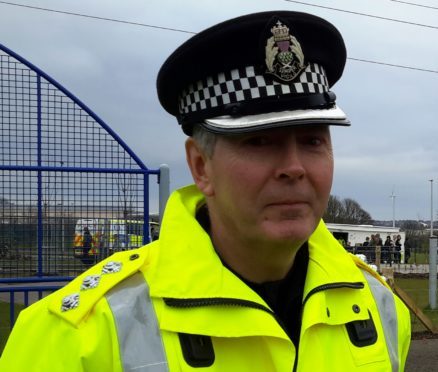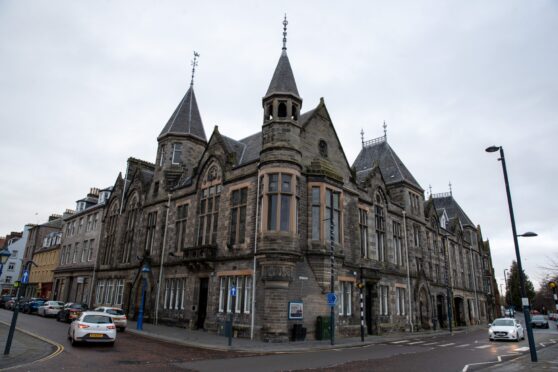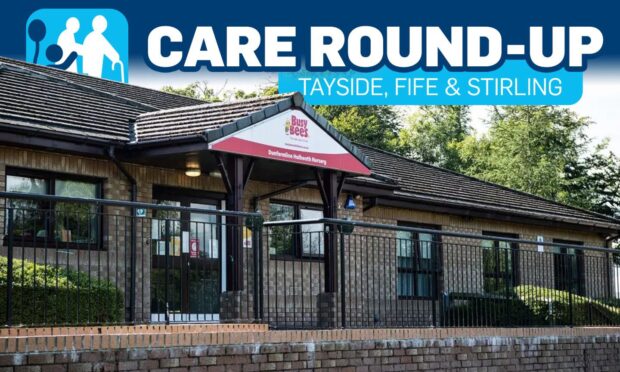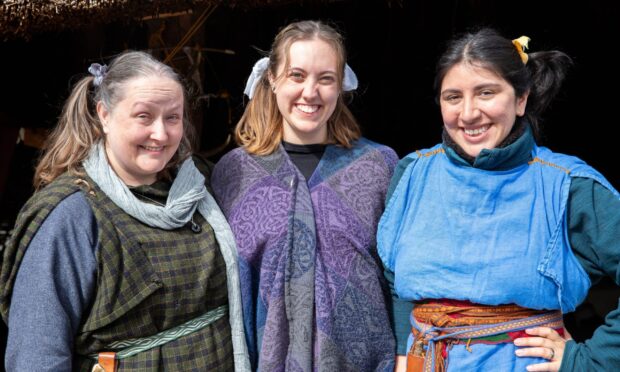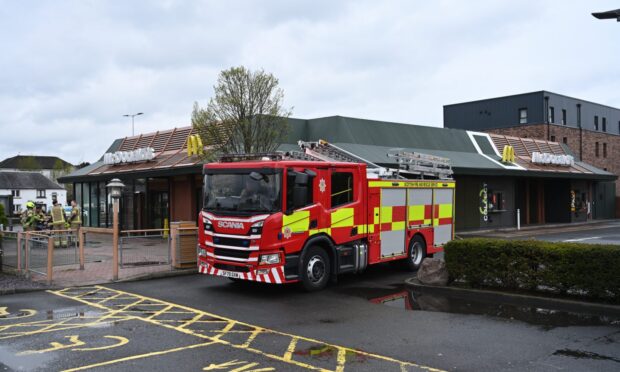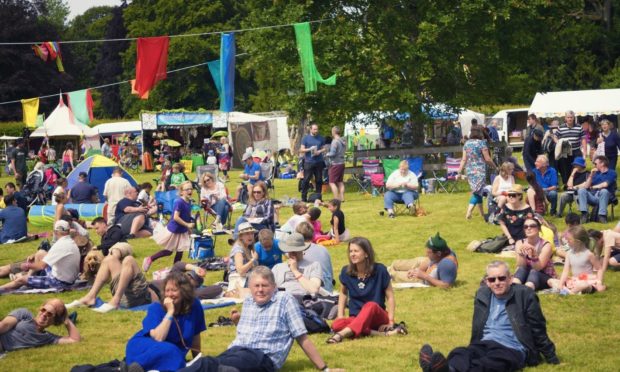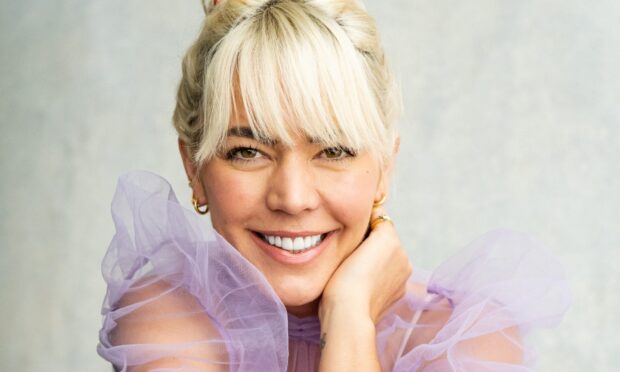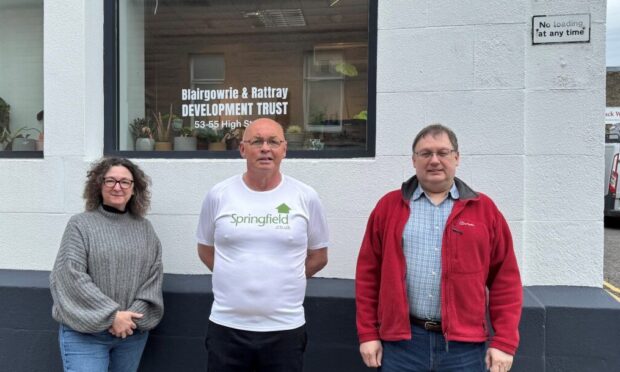Police have blamed a fall in the number of sexual crimes they are able to solve on a spike in the number of people coming forward with complaints about historical offences.
The number of sexual crimes, including rape, in Perth and Kinross has risen by more than 36%, according to the latest quarterly figures, with the detection rate dropping by more than a quarter.
It comes against a backdrop of a wider rise in violent crime in the region and reports of human trafficking.
Chief Inspector Ian Scott, area commander for Perth and Kinross, said police have received five reports of sexual crime this week alone that dated from the 1970s.
“There are reasons why some of the detection rates have fallen. The serious historical crime reports that have come to us is one. Look at sexual offending for example – 30 to 40 of those are not recent, therefore we lose the opportunities that are likely to be open to a more recent investigation,” he said.
Mr Scott was speaking as the council’s housing and communities committee considered the quarterly report on police performance.
“We encourage victims of all crimes – particularly sexual offending – to come and report those matters when it’s right for them,” he told the committee.
“That’s something that has been developed so we are on the journey and these reports are becoming more and more prevalent. Only this week we have five offences that date back from the 1970s.
“The opportunities to detect those are limited. Sometimes the offenders are deceased. We will do our best to investigate these matters, but they do prove really challenging.”
The newly-published statistics cover the period from July 1 2018 to September 30 2018. The number of sexual crimes has increased from 135 to 184.
The detection rate for the same crimes has dropped from 80% to 54%. The rape detection rate has fallen from 79.2% to 52.2%.
The figure also showed a 43% increase in violent crime – up from 62 to 89 reports.
Mr Scott said police were working to understand the reasons behind the rise. He also highlighted a rise in unusual crime, citing a report of six Romanian nationals who were recently trafficked into Perthshire.
Councillor Eric Drysdale, SNP, asked why the detection rates had fallen so low.
“I was trying to tease out from Mr Scott if he feels his resources are at an acceptable level for the adequate detection of crime and I’m not convinced that they are.
“The overall picture from the figures is there is serious deterioration in the rates for crime detection, particularly in rural areas, and that is worrying.”
Case study
Sharon (not her real name) 46, said she was abused by a known sexual offender in Perth in 1970s,
“He was convicted of having a haul of child porn on his computer. I recognised him from a story in the paper and I went to police about it.
“They took me back to the house and made me explain what had happened. They told me that they thought what I was telling them was true, and that it has happened, but he couldn’t get done for it unless other people from that time came along and say that it has happened to them as well.
“I can’t have been the only little girl this happened to. He told me that if I told anybody he would shoot me and at five I believed that. He’s basically ruined my life.
“I’d been thinking about it all my life and a few years ago I decided to go to the police about it and from there they were able to tell me that they believed it, but they couldn’t do him because there was nothing else except my testimony.
“There was nothing concrete unless other people came forward from Perth to say that happened to me at that age.
“People didn’t talk about it back then. You felt like you’d done something wrong. I wanted to let him know that little girls grow up and for him to be a bit scared of me.”
